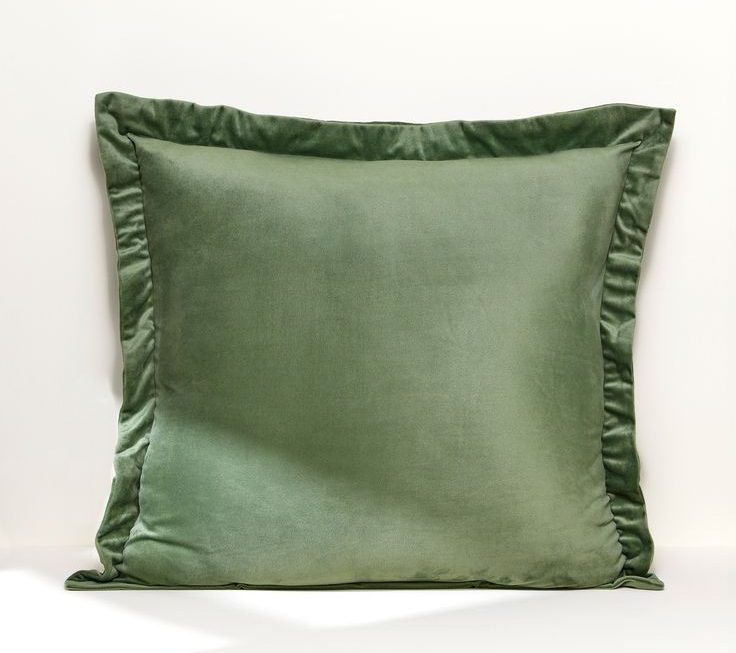Armchairs are more than just functional pieces of furniture; they are also a reflection of our personality and style. The design of an armchair can have a significant impact on our mood and well-being. In this essay, we will explore the psychology behind armchair design.

Comfort and Relaxation
The primary reason for an armchair is comfort and relaxation. A well-designed armchair offers a comfortable place to sit, relax, and unwind after a long day. The shape, size, and cushioning of an armchair all contribute to its comfort level. A comfortable armchair can help reduce stress, providing a relaxing and soothing environment that promotes rest and relaxation.
Color
Color is an important consideration in armchair design. Different colors can evoke different emotions and moods. For example, warm colors such as red, orange and yellow, can create a sense of warmth and comfort. Cool colors such as blue and green, can create a sense of calm and relaxation. The color of an armchair can have a significant impact on the overall mood and atmosphere of a room.
Shape and Size
The shape and size of an armchair are also important considerations in armchair design. The shape of an armchair can affect the way we feel when we sit in it. For example, a curved armchair can create a sense of comfort and support, while a straight-backed armchair can create a more formal and upright posture. The size of an armchair is also an essential consideration. A chair that is too small can be uncomfortable, while a chair that is too big can be difficult to get in and out of.
Material
The material of an armchair also plays a role in its design. Different materials can create different feelings and emotions. For example, leather armchairs are associated with luxury and sophistication, while fabric armchairs are associated with comfort and relaxation. The material can also affect the durability and maintenance of the armchair.
Style
The style of an armchair can also have a significant impact on its psychological impact. The design of an armchair can reflect the personality and style of the owner. For example, a traditional armchair can create a sense of elegance and sophistication, while a modern armchair can create a sense of style and personality. The style of an armchair can also reflect the overall design of a room, creating a cohesive and harmonious environment.
Ergonomics
Ergonomics is an essential consideration in armchair design. The design of an armchair should take into account the natural movements and postures of the human body. An armchair that is ergonomically designed can help reduce the risk of back pain and other health problems. A well-designed armchair can provide the proper support and cushioning needed to prevent discomfort and fatigue.
Personal Preference
Personal preference is also an essential consideration in armchair design. An armchair that one person finds comfortable may not be comfortable for someone else. Personal preference can be influenced by factors such as age, weight, and height. It is essential to consider personal preferences when choosing an armchair, as this can help ensure that the armchair is comfortable and functional for the user.
In conclusion, armchair design is a complex and multifaceted topic that involves many different factors. The psychology behind armchair design is an important consideration, as it can affect the overall mood and well-being of the user. Comfort, color, shape and size, material, style, ergonomics, and personal preference are all essential considerations in armchair design. When choosing an armchair, it is important to take into account these factors to ensure that the armchair is comfortable, functional, and reflective of the user’s personality and style. A well-designed armchair can enhance the overall aesthetic and atmosphere of a room, while also providing a comfortable and relaxing place to sit and unwind.

